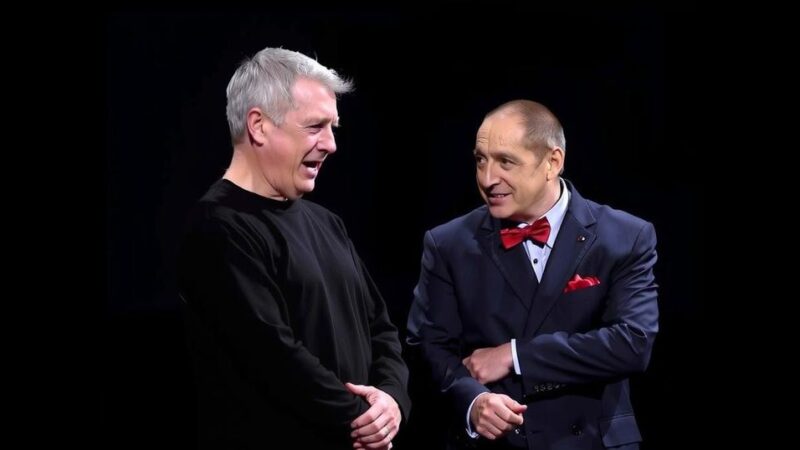Researchers have struggled for over 60 years to find evidence of intelligent extraterrestrial life. However, Breakthrough Listen, the largest initiative for this search, is optimistic about new technological advancements that may change the game. Upcoming projects, such as large radio telescopes and innovative AI methods, aim to enhance the search by detecting both intentional and unintentional signals from potential alien civilizations, which could lead to groundbreaking discoveries in the quest for life beyond Earth.
The search for extraterrestrial intelligence has seen a long history of challenges, marked by over six decades of research yielding primarily negative results. Despite this lack of success in establishing contact with intelligent alien life, recent developments suggest a promising new chapter in this ongoing quest. Breakthrough Listen, the foremost scientific initiative dedicated to this endeavor, has announced that significant advancements in technology may soon revolutionize how scientists pursue the search for intelligent life across the cosmos. At the forthcoming Breakthrough Listen conference in Oxford, UK, a diverse array of scientific professionals, including astronomers and zoologists, will gather to discuss these innovative technologies. Astronomer Steve Croft, a project scientist at Breakthrough Listen, emphasized the potential of new instruments and developments that include the establishment of large-scale telescopes in Chile, Africa, and Australia, alongside advancements in artificial intelligence. These enhancements are expected to drastically improve the methodology employed in the search for alien civilizations. Notable among these instruments is the Square Kilometre Array, an advanced radio astronomy facility composed of hundreds of radio telescopes being developed in South Africa and Australia. In addition, the Vera Rubin Observatory, under construction in Chile, aims to create the largest camera capable of capturing images of the entire visible sky every few nights. Both of these facilities are anticipated to commence observations in the near future and will contribute substantial data for the Breakthrough Listen program. The integration of artificial intelligence to analyze extensive data streams will empower researchers to identify subtle patterns indicative of intelligent life. Steve Croft highlighted that, “Until now, we have been restricted to looking for signals deliberately sent out by aliens to advertise their existence. The new techniques are going to be so sensitive that, for the first time, we will be able to detect unintentional transmissions as opposed to deliberate ones and will be able to spot alien airport radar, or powerful TV transmitters – things like that.” In a broader context, astrophysicist Professor Adam Frank from the University of Rochester argued for a paradigm shift in the search for alien civilizations through the identification of technosignatures, which are indicators of an alien society’s everyday activities. In his recent work, “The Little Book of Aliens,” he asserts this emerging strategy marks the development of new tools that will facilitate the discovery of life capable of civilization-building. A variety of potential technosignatures have been proposed, ranging from artificial lighting to atmospheric pollutants. Astrobiologist Lewis Dartnell, in the latest issue of the BBC’s “Sky at Night” magazine, noted that detecting solar panels, which reflect particular wavelengths of light, would require extensive surface coverage and a commitment of significant observational resources. Historical proposals by physicist Freeman Dyson suggest that advanced extraterrestrial civilizations might engineer vast solar panels, or Dyson spheres, around their stars, potentially making them detectable from Earth. While candidates for such detections have been associated with Boyajian’s star in Cygnus, more recent evidence has dismissed these possibilities. The quest for alien life has long captured the imagination, inspiring cinematic narratives from “E.T.” to “Arrival.” Yet, the reality remains stark; the systematic efforts began in earnest with Frank Drake’s 1960 attempts to detect signals from Tau Ceti and Epsilon Eridani with no success to date, reflective of humankind’s persistent struggle to make contact despite advances in telescope technology. As the search continues, Croft maintains optimism regarding the potential for discovery: “We know that the conditions for life are everywhere, we know that the ingredients for life are everywhere. I think it would be deeply weird if it turned out we were the only inhabited planet in the galaxy or in the universe. But you know, it’s possible.”
The search for extraterrestrial intelligence (SETI) has been a major focus of scientific inquiry since the 1960s. Despite decades of research and technological advancement, efforts to find concrete evidence of alien civilizations have largely been unfruitful. New advancements in telescope design, observation techniques, and artificial intelligence have sparked a renewed interest among scientists, who believe that these innovations may finally enable successful detection of intelligent life beyond Earth. The potential for discovering technosignatures—indicators of advanced alien societies—has also broadened the scope of this research, suggesting that the focus should not just be on signals sent deliberately by aliens but also on their incidental activities.
The advancements in technology outlined by the Breakthrough Listen initiative herald a new era in the search for extraterrestrial intelligence, moving beyond traditional methods to incorporate innovative tools and techniques. With powerful new observational capabilities and the application of artificial intelligence, the potential for identifying evidence of alien civilizations is greater than ever before. As researchers continue to explore various technosignatures, there remains a sense of hope and expectation that, with these developments, humanity may soon establish contact with intelligent life from beyond the stars.
Original Source: www.theguardian.com






